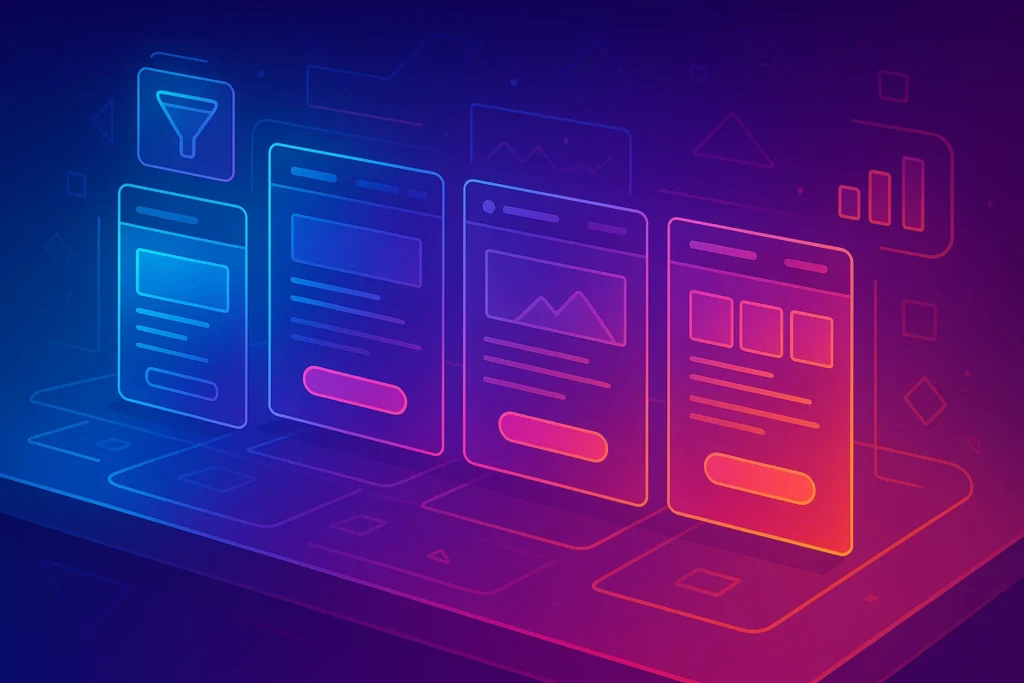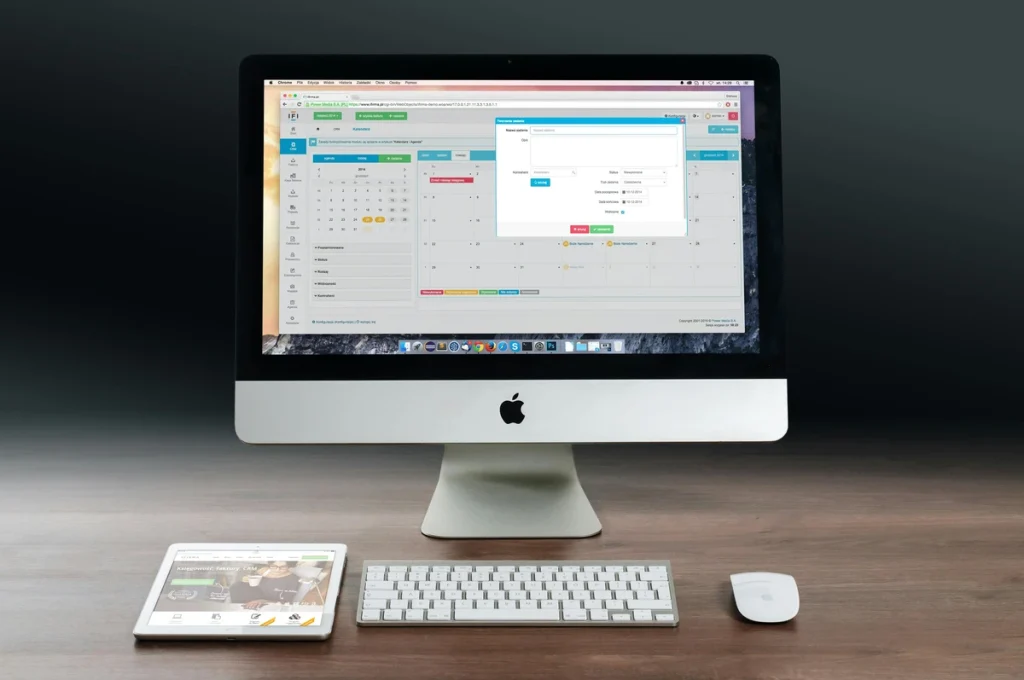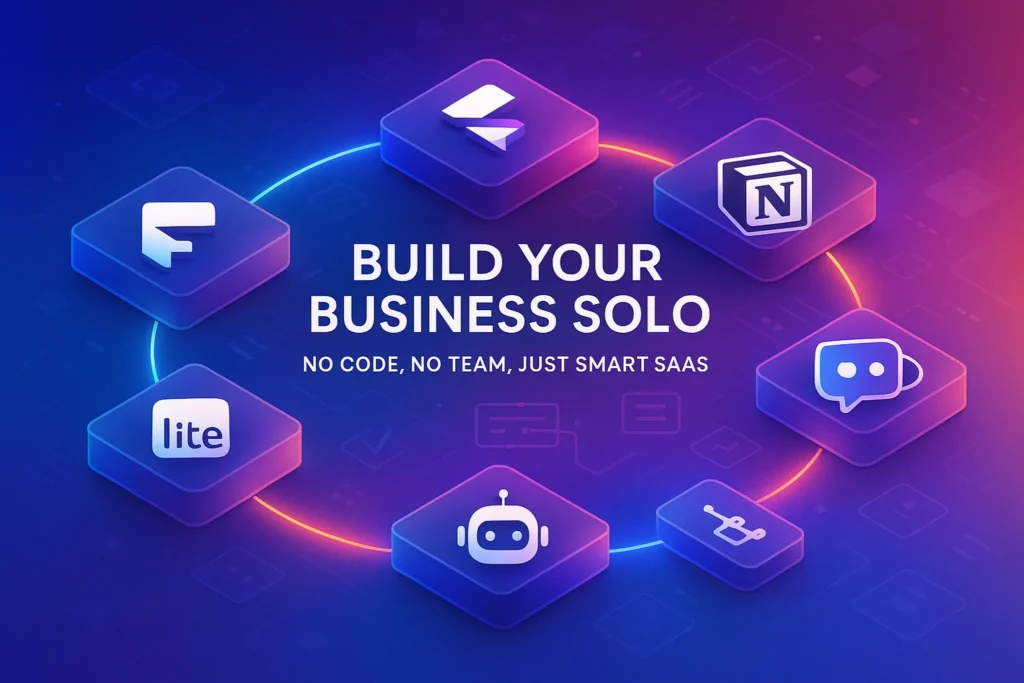🚀 Why Landing Pages Matter More Than Ever
Marketers often obsess over ads, emails, and SEO, but there’s one piece that quietly makes or breaks campaigns: the landing page. You can have the most perfectly targeted ad campaign, but if visitors land on a cluttered, confusing, or slow page, they bounce.
That’s why landing pages are often called the conversion engine of digital marketing. Done right, they can:
-
Maximize ROI on your ad spend (Google Ads, Meta Ads, TikTok Ads).
-
Grow your email list faster with optimized forms.
-
Simplify A/B testing and help you understand what messaging actually drives sales.
💬 A marketer at a SaaS startup once told me: “We were spending $10,000/month on ads, but conversions were flat. The moment we switched to Unbounce for custom landing pages, our ROI doubled.”
Landing pages are not about design alone—they’re about focus. They remove distractions, highlight the value proposition, and push visitors toward one specific action: sign up, purchase, or download.
📌 If you’re building broader campaigns, check out our guide on Best All-in-One Marketing Platforms for Startups, which shows how landing pages fit into a complete ecosystem.
🛠️ Best Landing Page Builders for Marketers in 2025
There are dozens of tools, but not all are created equal. Below we’ll cover the most relevant builders for marketers—from high-conversion specialists like Unbounce to flexible, budget-friendly platforms like Carrd.
✅ Unbounce – The Conversion-Focused Powerhouse
Unbounce is one of the oldest and most trusted landing page builders in the industry. Its claim to fame? Conversion intelligence. With AI-powered recommendations, built-in A/B testing, and smart traffic routing, it’s designed specifically for marketers who live and die by ROI.
Key features that stand out:
-
Drag-and-drop builder with pixel-perfect control.
-
Smart Traffic: Unbounce automatically directs visitors to the variant most likely to convert.
-
Dynamic Text Replacement: Aligns landing page copy with ad keywords for higher relevancy.
-
Seamless integrations with CRMs, Google Ads, HubSpot, Mailchimp, and Zapier.
-
Fully mobile-optimized templates tailored for PPC campaigns.
💡 Use case: Imagine you’re running five ad sets with different copy angles. Instead of guessing which page will convert best, Unbounce tests and routes traffic intelligently.
📌 Marketers who use Unbounce often pair it with AI-driven campaign tools. Our post on AI-Powered Tools for Social Media Marketing dives deeper into automation on the front end of campaigns.
✅ Instapage – Built for Scale and Personalization
If Unbounce is the conversion king, Instapage is the personalization wizard. It’s ideal for teams running large-scale campaigns who want deep collaboration and personalization options.
What makes Instapage unique:
-
Personalization at scale: Create unique experiences for different audiences without building entirely new pages.
-
Collaboration tools: Marketers, designers, and copywriters can comment in real time (like Google Docs for landing pages).
-
Post-click optimization: Ensures ads connect directly to highly tailored landing experiences.
-
Heatmaps and A/B testing built into the platform.
-
Strong integrations with Salesforce, Marketo, HubSpot, and other enterprise CRMs.
💬 Example: A B2B SaaS company running segmented campaigns (finance vs. healthcare vs. education) can personalize landing page messaging for each audience—without starting from scratch every time.
⚡ Don’t think of Instapage as just a builder—see it as a personalization engine.
✅ Leadpages – Affordable & Beginner-Friendly
Not every marketer has the budget for enterprise-level tools. That’s where Leadpages shines: a user-friendly, cost-effective option that balances ease of use with solid conversion features.
Core features:
-
Simple drag-and-drop builder with responsive templates.
-
Conversion-optimized widgets (countdown timers, alert bars, opt-in forms).
-
Built-in pop-ups and sticky bars for list building.
-
Direct integrations with email tools like Mailchimp, ConvertKit, and Drip.
-
Unlimited traffic and leads (rare among budget-friendly tools).
💬 Use case: A solo marketer running Facebook Ads for a local business can use Leadpages to quickly build a professional page, capture emails, and sync with Mailchimp—without hiring a developer.
📌 If you’re leaning toward email-heavy funnels, don’t miss our comparison on HubSpot vs Mailchimp: Which Is Better for E-Commerce?.
✅ HubSpot (Free + Premium Landing Pages)
HubSpot isn’t just a CRM—it’s an all-in-one marketing suite, and yes, that includes a landing page builder. Marketers can start with free templates, and then upgrade to premium plans for advanced customization and testing.
Highlights:
-
Free plan allows basic landing page creation with lead capture forms.
-
Paid tiers add A/B testing, smart content personalization, and CRM-driven segmentation.
-
Deep integration with HubSpot’s ecosystem: email, automation, analytics, and sales pipelines.
-
Ideal for marketers who want their landing pages tightly connected to CRM + email campaigns.
💬 Use case: An e-commerce store owner could use HubSpot landing pages to capture emails, then set up automated product recommendations in HubSpot’s CRM.
For e-commerce, HubSpot pairs well with Shopify automations. See our post on Email Automation for Shopify Store Owners to connect the dots.
⚡ Think of HubSpot landing pages not as standalone pages, but as gateway doors into your CRM-driven marketing machine.
✅ Mailchimp Landing Pages – Email First, Landing Pages Second
Mailchimp is often thought of as just an email marketing platform, but it also offers free landing page creation—especially useful for list building. While it doesn’t have the design depth of Unbounce or Instapage, it integrates seamlessly with Mailchimp’s automation ecosystem.
Key strengths:
-
Free landing pages included with every Mailchimp account.
-
Easy drag-and-drop editor for simple opt-in pages.
-
Pre-built templates for lead magnets, event registrations, and product promos.
-
Direct connection to Mailchimp lists and automations (great for autoresponders).
-
Works best for simple funnels and campaigns that center on email.
💬 Example: A course creator offering a free PDF guide could quickly launch a Mailchimp landing page, capture leads, and automatically send them into a welcome sequence.
📌 Marketers comparing Mailchimp’s funnel to other platforms will find our breakdown on HubSpot vs Mailchimp: Which Is Better for E-Commerce? useful.
⚡ If your #1 goal is list building, Mailchimp’s free landing pages give you a no-excuses starting point.
✅ Carrd – Budget-Friendly Simplicity
Sometimes you don’t need enterprise-level analytics or hundreds of templates. Carrd is the minimalist’s dream: a low-cost tool for creating beautiful, fast-loading landing pages.
What makes Carrd unique:
-
Insanely affordable (Pro plan starts around $19/year).
-
Perfect for simple single-page sites, product promos, or personal brand funnels.
-
Custom domains supported, with basic integrations (Zapier, email tools).
-
Mobile-first design ensures pages look clean everywhere.
-
A cult favorite among indie hackers, creators, and solopreneurs.
💬 Example: An indie app maker could set up a Carrd page in an hour to validate their idea, capture interest, and connect it to an email list—all for less than dinner money.
⚡ Think of Carrd as your MVP landing page builder—great for quick tests and lean campaigns.
✅ Webflow – Design Flexibility for Advanced Marketers
If Carrd is the minimalist, Webflow is the designer’s playground. It’s not just a landing page builder—it’s a full web design platform that gives marketers near-complete creative control without writing code.
Standout features:
-
Visual drag-and-drop interface with deep customization.
-
100% responsive designs and pixel-perfect control.
-
Built-in CMS for scalable content-driven landing pages.
-
Animation and interaction tools for brand-heavy experiences.
-
Integrations with analytics, forms, and automation tools.
💬 Use case: A digital agency could use Webflow to create fully branded, interactive landing pages for multiple clients, showcasing advanced animations and unique layouts.
📌 If you’re managing affiliate campaigns, Webflow pairs beautifully with advanced reporting software. See our guide on Best Tools for Tracking Affiliate Marketing Performance.
📊 Comparison Table: Landing Page Builders at a Glance
| Tool | Best For | Pricing (Entry) | Key Strengths | Limitations |
|---|---|---|---|---|
| Unbounce | Marketers obsessed with conversions | $99/mo | Smart Traffic, A/B testing, PPC focus | Higher price |
| Instapage | Large teams, personalization | $199/mo | Personalization at scale, collaboration | Expensive |
| Leadpages | Small businesses, solo marketers | $49/mo | Budget-friendly, unlimited leads | Less design freedom |
| HubSpot | CRM + landing pages | Free – $45+/mo | CRM integration, automation, smart content | Limited free customization |
| Mailchimp | Email-first marketers | Free – $13+/mo | Free landing pages, automation-ready | Basic design |
| Carrd | Indie creators, lean tests | $19/year (Pro) | Affordable, simple, mobile-first | Limited integrations |
| Webflow | Design-heavy marketers & agencies | $14+/mo | Full creative control, animations | Learning curve |
⚡ Quick takeaway:
-
Performance-driven marketers → Unbounce / Instapage.
-
Budget-conscious beginners → Leadpages / Carrd.
-
Email-first campaigns → Mailchimp / HubSpot.
-
Design-obsessed teams → Webflow.
🎨 Checklist: What to Look for in a Landing Page Builder
Before committing to a tool, ask yourself these five questions:
-
Does it integrate with my CRM/email platform?
-
Does it support A/B testing? (critical for paid ad ROI).
-
Are templates mobile-optimized? Most traffic is mobile now.
-
Is pricing scalable as I grow? Cheap tools can become expensive with volume.
-
Does it fit my workflow? Designers may prefer Webflow; solo founders may prefer Carrd.
✅ Answering these upfront saves time, money, and frustration.
🎯 Nerd Picks
Free or budget-friendly builders are great to start with, but serious marketers eventually need conversion intelligence, A/B testing, and advanced personalization.
That’s where Unbounce, Instapage, Leadpages, and Webflow stand out. They offer:
-
Optimized templates proven to convert.
-
Deep integrations with ad platforms + CRMs.
-
Smart testing tools to maximize ROI.
👉 If you want to maximize every ad dollar, explore these tools:
-
Unbounce for PPC pros
-
Instapage for enterprise campaigns
-
Leadpages for small biz
-
Webflow for brand-first experiences
🔍 Mini Case Studies: Real Marketers, Real Results
Sometimes it’s easier to see the value of a landing page builder through real-world use. Here are a few scenarios that show how the right tool can transform results:
-
SaaS Founder with Unbounce: A B2B startup running Google Ads struggled with low conversions. After switching to Unbounce and running A/B tests, they lifted their conversion rate from 3% to 6%. That meant the same ad spend doubled their sign-ups.
-
Indie Hacker with Carrd: A solo developer validating a new productivity app built a Carrd landing page in under two hours. By connecting it to ConvertKit, they collected 500 emails in a week—before writing a single line of code.
-
E-Commerce Store with Mailchimp: A Shopify store used Mailchimp’s free landing pages to launch a “holiday giveaway.” Over 3,000 visitors came from social media, and 22% signed up to their email list, fueling future sales campaigns.
💡 Takeaway: These tools aren’t just about pretty pages—they’re about measurable business growth.
📈 How Landing Page Builders Impact ROI
Every marketer cares about ROI. The truth is, even small gains in conversion rates dramatically impact ad performance.
-
If you spend $1,000 on ads and convert at 2%, that’s 20 sign-ups.
-
Raise conversion to 3% (a 1% lift), and suddenly you’re getting 30 sign-ups from the same spend.
-
Tools like Unbounce and Instapage are built to squeeze out those incremental gains—through smart traffic routing, dynamic text replacement, and A/B testing.
💬 A performance marketer once put it this way: “Landing page builders don’t just save me design time. They save me thousands in wasted ad spend.”
📌 If you want to connect ROI tracking with your affiliate campaigns, see our guide on Best Tools for Tracking Affiliate Marketing Performance.
🧩 Integration Ecosystem: Where Each Tool Fits
Choosing a landing page builder isn’t just about features—it’s about how well it integrates with your marketing stack.
-
Leadpages + ConvertKit → Perfect for solo creators who want quick funnels with email automation.
-
Webflow + HubSpot → Ideal for scaling SaaS brands that need design flexibility paired with CRM depth.
-
Mailchimp + Shopify → Smooth setup for e-commerce brands running promotions and automated product emails.
-
Unbounce + Google Ads → Built for PPC pros who want dynamic keyword insertion and campaign alignment.
⚡ Think of your landing page builder as the “front door” to your funnel. Make sure it connects seamlessly to everything behind it.
⚠️ Common Mistakes to Avoid When Choosing a Landing Page Builder
Even experienced marketers fall into these traps:
-
Choosing only by price. Cheap isn’t always efficient—if the tool lacks testing, your ROI will suffer.
-
Ignoring mobile optimization. With over 60% of traffic coming from mobile, a clunky design can kill conversions.
-
Skipping A/B testing. Too many beginners publish one page and hope for the best. Testing is what separates amateurs from pros.
-
Overcomplicating design. More animations and widgets don’t always mean better results—clarity beats complexity.
-
Not aligning with CRM or email. A landing page without follow-up is wasted effort. Always think beyond the form fill.
💡 Nerd Tip: Start simple, test often, and always connect your landing pages to your automation system.
📚 Expert Insights & Data
Adding some data-backed authority:
-
According to HubSpot, companies with 10–15 landing pages see up to 55% more leads than those with fewer than 10.
-
WordStream’s analysis shows that landing page relevance is one of the biggest factors in Google Ads Quality Score—directly lowering ad costs.
-
MarketingSherpa found that A/B tested landing pages improve conversions by an average of 30% or more.
💬 Expert Quote: “Landing pages are not just about capturing leads—they’re about testing your value proposition in real time.” — Growth Marketer, SaaS sector
🧠 Nerd Verdict
Landing pages aren’t optional—they’re the backbone of conversion marketing.
The best builder depends on your situation:
-
Marketers chasing maximum ROI should invest in Unbounce or Instapage.
-
Solopreneurs and small businesses can thrive with Leadpages or Carrd.
-
Email-driven campaigns work best with HubSpot or Mailchimp.
-
Agencies and design-heavy brands should lean on Webflow.
At the end of the day, the tool is only as good as the strategy you pair it with. Smart marketers focus not only on design, but also on clear messaging, testing, and integration with the rest of their stack.
❓ FAQ: Landing Page Builders
💬 Would You Bite?
Which landing page builder fits your current needs best—conversion-focused, budget-friendly, or design-heavy?
Drop your choice in the comments and let us know why! 👇



